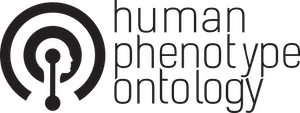| layout | id | alternativePrefix | description | domain | homepage | contact | license | products | taxon | title | jobs | build | tracker | mailing_list | browsers | publications | usages | activity_status | |||||||||||||||||||||||||||||||||||||||||||||||||||||||||||||||||||||||||||||||
|---|---|---|---|---|---|---|---|---|---|---|---|---|---|---|---|---|---|---|---|---|---|---|---|---|---|---|---|---|---|---|---|---|---|---|---|---|---|---|---|---|---|---|---|---|---|---|---|---|---|---|---|---|---|---|---|---|---|---|---|---|---|---|---|---|---|---|---|---|---|---|---|---|---|---|---|---|---|---|---|---|---|---|---|---|---|---|---|---|---|---|---|---|---|---|---|---|---|
ontology_detail |
hp |
HPO |
A structured and controlled vocabulary for the phenotypic features encountered in human hereditary and other disease. |
phenotype |
hp_ontology |
|
|
|
|
Human Phenotype Ontology |
|
|
|
|
|
active |
An ontology is a computational representation of a domain of knowledge based upon a controlled, standardized vocabulary for describing entities and the semantic relationships between them.
The Human Phenotype Ontology (HPO) aims to provide a standardized vocabulary of phenotypic abnormalities encountered in human disease. Each term in the HPO describes a phenotypic abnormality, such as atrial septal defect. The HPO is currently being developed using the medical literature, Orphanet, DECIPHER, and OMIM.
The HPO can be browsed using:
